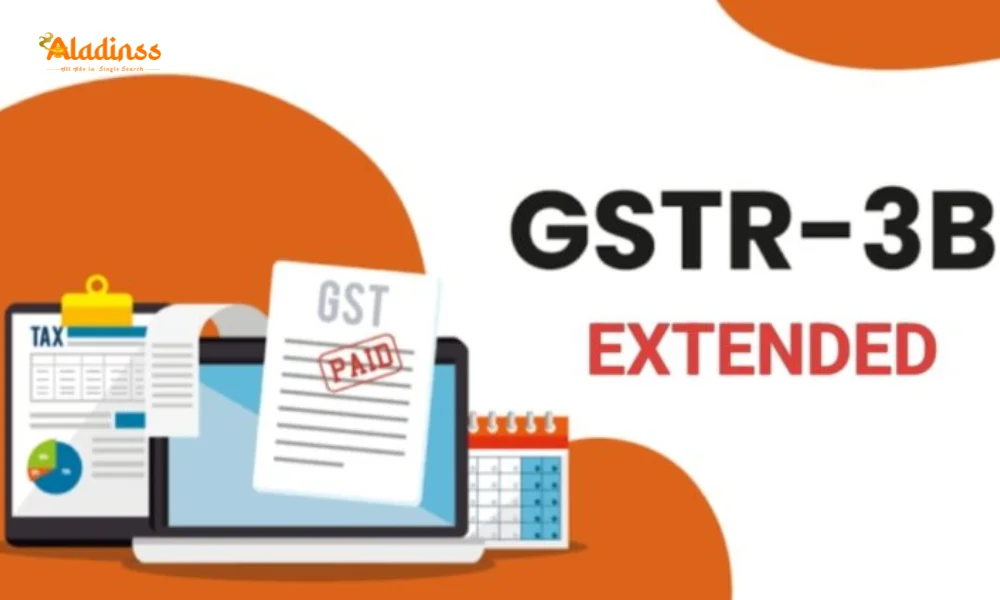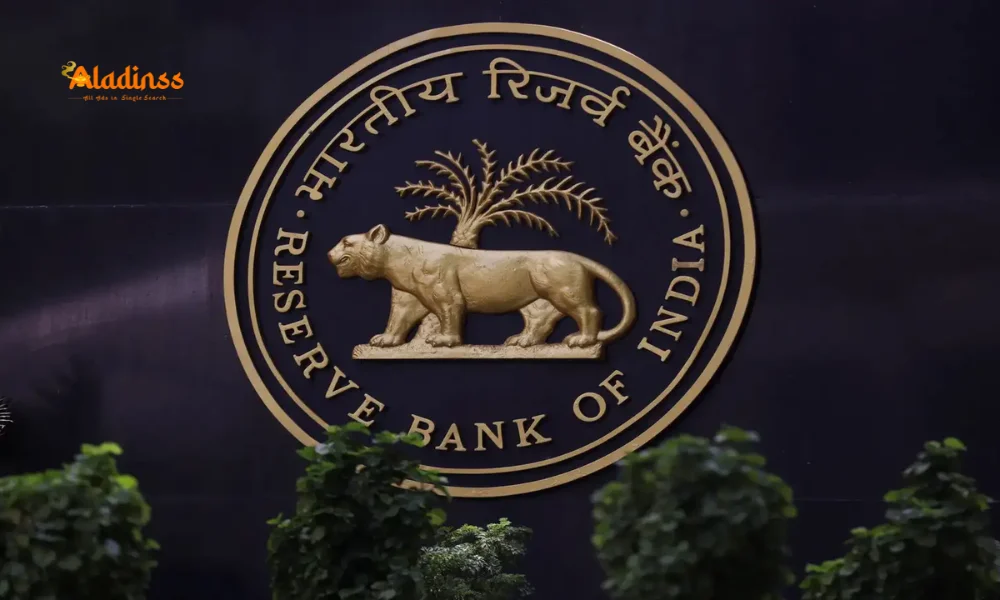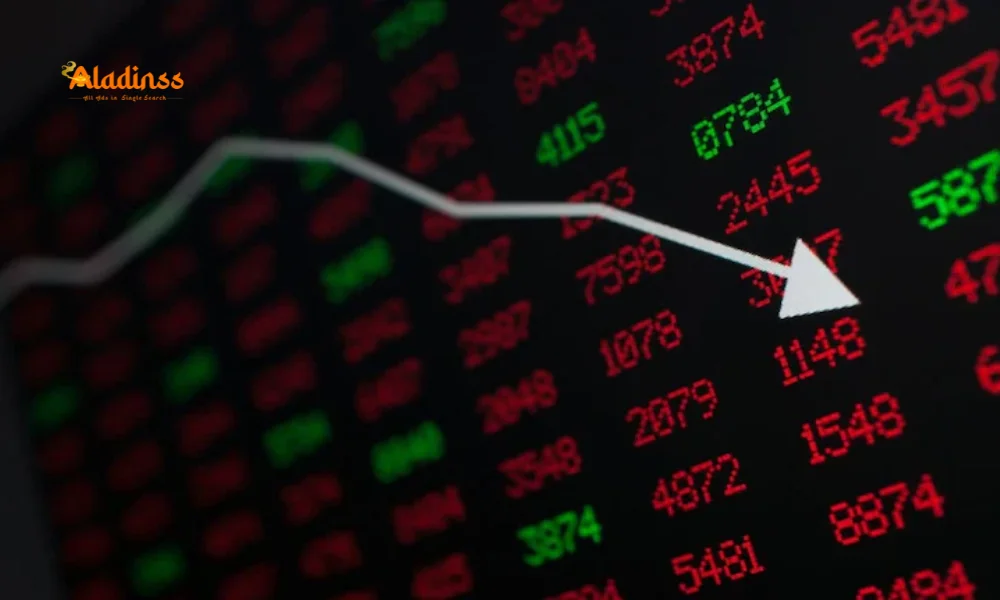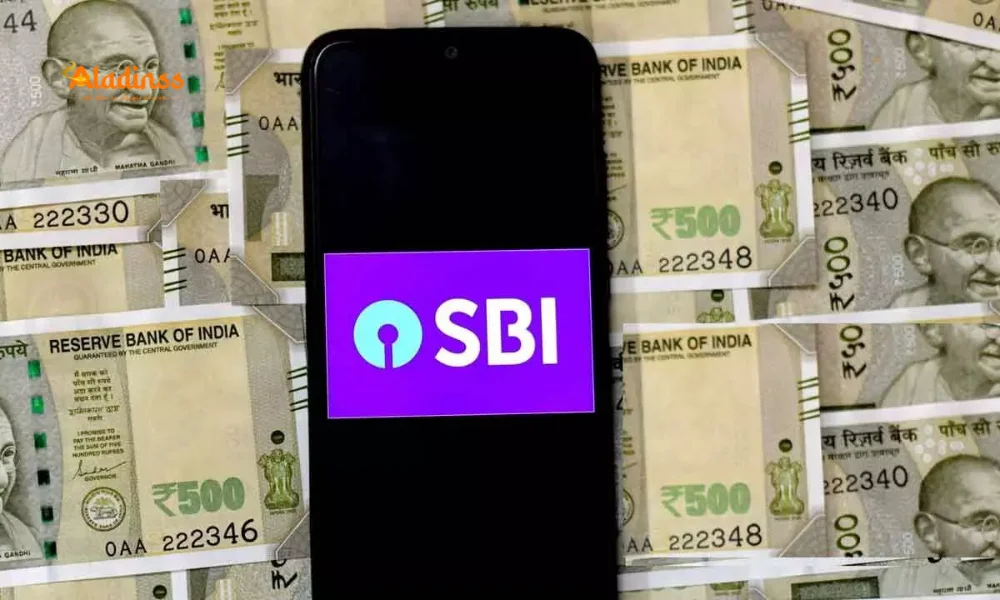Gold and Silver Prices Soar: Shocking New Tax Rules and Rates Unveiled

Gold, Silver Gains Taxed: Rates, ETF Rules & TDS Unveiled!
With gold prices soaring over 60% and silver doubling in value over the past year, investors in India are reaping significant gains. However, profits from gold and silver, whether in physical forms like jewellery or digital modes like ETFs and Sovereign Gold Bonds (SGBs), are subject to capital gains tax. Understanding the tax rates, ETF regulations, and TDS rules is crucial for investors to maximize returns while staying compliant. From short-term gains to TDS thresholds, this guide breaks down the tax implications for gold and silver investments in 2025.
The tax framework for precious metals in India varies based on the holding period, investment type, and transaction size. Whether you’re selling gold jewellery, trading ETFs, or redeeming SGBs, knowing the rules can prevent unexpected tax burdens. Additionally, GST and TCS add layers to the cost of acquiring gold, making tax planning essential for investors navigating the booming precious metals market.
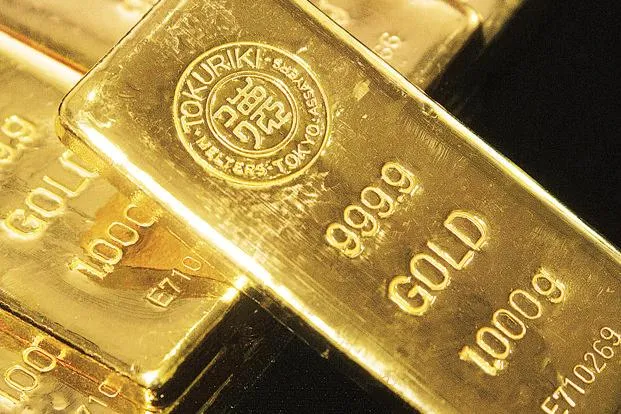
Tax on Physical Gold and Silver Gains
Profits from selling physical gold or silver, such as jewellery, coins, or bars, are classified as capital gains, with tax rates depending on the holding period. For assets held less than 24 months, gains are considered Short-Term Capital Gains (STCG) and taxed according to the investor’s income tax slab, which can range from 5% to 30% based on income levels.
For holdings exceeding 24 months, Long-Term Capital Gains (LTCG) apply, taxed at a flat rate of 12.5% without indexation for assets purchased on or after July 23, 2024. For purchases before this date, investors can opt for a 20% tax with indexation benefits, adjusting the cost for inflation to reduce taxable gains. This distinction is critical for long-term investors aiming to optimize their tax liability.
Tax Rules for Gold and Silver ETFs
Gold and Silver Exchange-Traded Funds (ETFs) have become popular for their liquidity and ease of trading. Tax treatment for ETFs mirrors that of physical gold and silver. Gains from ETFs held for less than 24 months are treated as STCG and taxed as per the investor’s income tax slab, which could be significant for high-income earners.
For ETFs held longer than 24 months, LTCG applies at 12.5%, offering a lower tax burden for long-term investors. This uniform tax structure simplifies planning for those investing in paper gold or silver, but investors must track holding periods to optimize tax outcomes, especially given the recent surge in ETF popularity driven by gold’s 60% price increase.
Sovereign Gold Bonds: Unique Tax Benefits
Sovereign Gold Bonds (SGBs), issued by the Reserve Bank of India, offer a distinct tax structure. The annual interest of 2.5% paid on SGBs is taxable under “Income from Other Sources” as per the investor’s income tax slab, requiring regular reporting in tax returns. However, a significant advantage is that capital gains on SGBs held until maturity (8 years) are entirely exempt from tax, making them attractive for long-term investors.
If SGBs are redeemed after the 5th year or sold in the secondary market before maturity, LTCG tax of 12.5% applies. This structure encourages holding SGBs to maturity to maximize tax benefits, especially for investors seeking to capitalize on gold’s price surge without incurring capital gains tax.
Digital Gold and Silver Tax Implications
Digital gold and silver, purchased through fintech platforms, have gained traction for their convenience. The tax treatment aligns with physical gold: STCG for holdings under 24 months, taxed as per income slab, and LTCG at 12.5% for holdings exceeding 24 months. The lack of physical handling makes digital gold appealing, but investors must remain vigilant about tax compliance, especially with high gains in 2025.
As digital platforms often provide transaction records, investors can easily track holding periods to determine STCG or LTCG applicability. With silver doubling in value, digital silver investments are particularly lucrative but require careful tax planning to avoid unexpected liabilities.
TDS and TCS Rules for Gold and Silver
Tax Deducted at Source (TDS) and Tax Collected at Source (TCS) apply to high-value gold and silver transactions. When selling physical gold or silver worth over Rs. 50 lakh in a financial year to a tax-liable buyer (e.g., a jeweller), a 1% TDS may be deducted from the sale amount. This ensures tax compliance on large transactions, particularly relevant given gold’s price surge.
For purchases, if gold or silver worth more than Rs. 10 lakh is bought in cash, a 1% TCS applies, and buyers must provide PAN/Aadhaar details. Implemented since July 1, 2021, this rule aims to curb unreported cash transactions. Investors should factor in these deductions when planning large gold or silver purchases or sales.
Taxation of Gifts and Inherited Gold or Silver
Receiving gold or silver as a gift is taxable if the total value of gifts in a financial year exceeds Rs. 50,000, unless from a relative or on occasions like marriage. The fair market value is added to the recipient’s income under “Income from Other Sources” and taxed per their slab. Inherited gold or silver, however, incurs no tax at the time of inheritance.
When selling inherited assets, capital gains tax applies based on the original cost to the previous owner. For holdings over 24 months, LTCG at 12.5% applies (or 20% with indexation for pre-July 23, 2024 purchases). Proper documentation of acquisition costs is essential to calculate accurate gains and avoid disputes with tax authorities.
GST and Additional Costs on Gold Purchases
Beyond capital gains, gold purchases attract a 3% Goods and Services Tax (GST), increasing the cost of acquisition. Additionally, making charges for jewellery, often ranging from 5% to 20%, are subject to a 5% GST. These costs do not affect capital gains but impact the overall investment value, especially for physical gold buyers.
For investors, understanding these additional levies is crucial for budgeting. The 3% GST and making charges can significantly raise the upfront cost, particularly for high-value purchases, making digital gold or SGBs more cost-effective for some investors seeking to avoid extra charges.
Strategic Tax Planning for Gold and Silver Investments
With gold prices up 60% and silver doubling, strategic tax planning is essential. Holding assets for over 24 months to qualify for LTCG at 12.5% can reduce tax liability compared to STCG, which could reach 30% for high earners. SGBs offer a tax-free exit at maturity, making them ideal for long-term investors, though the 2.5% interest is taxable annually.
Investors should maintain detailed records of purchase dates, costs, and transaction types to accurately calculate gains. For large transactions, anticipating TDS/TCS deductions and ensuring PAN/Aadhaar compliance can prevent complications. Consulting a tax professional can further optimize returns, especially for those juggling physical, digital, and ETF investments.
Impact of Recent Tax Changes
The removal of indexation benefits for assets purchased after July 23, 2024, has altered the tax landscape. Previously, indexation allowed investors to adjust purchase costs for inflation, reducing LTCG tax liability. The new 12.5% flat rate simplifies calculations but may increase taxes for long-term holders of physical gold or silver, particularly if inflation rises significantly.
This change has sparked debate among investors, with some favoring SGBs for their tax-exempt maturity gains. Others are exploring ETFs for liquidity, despite similar tax treatment, to capitalize on market volatility. As precious metal prices continue to climb, understanding these changes is vital for informed investment decisions.
Why Tax Awareness Matters in 2025
The unprecedented rise in gold and silver prices in 2025 has drawn both seasoned and new investors to the market. However, the complexity of tax rules—spanning capital gains, TDS, TCS, and GST—requires careful navigation. Failing to account for these can erode profits, especially for high-value transactions or short-term trades subject to higher tax slabs.
By staying informed and planning strategically, investors can leverage the bullish precious metals market while minimizing tax burdens. Whether opting for physical gold, ETFs, or SGBs, understanding the tax implications ensures financial success in India’s dynamic investment landscape.
Comment / Reply From
No comments yet. Be the first to comment!



